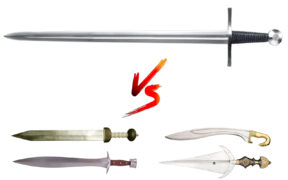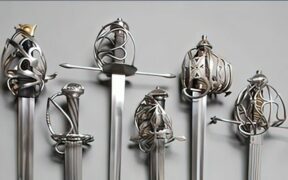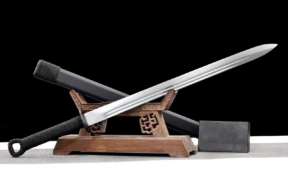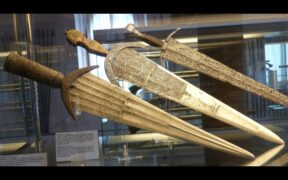What Are Short Swords Called? Names and History Explored
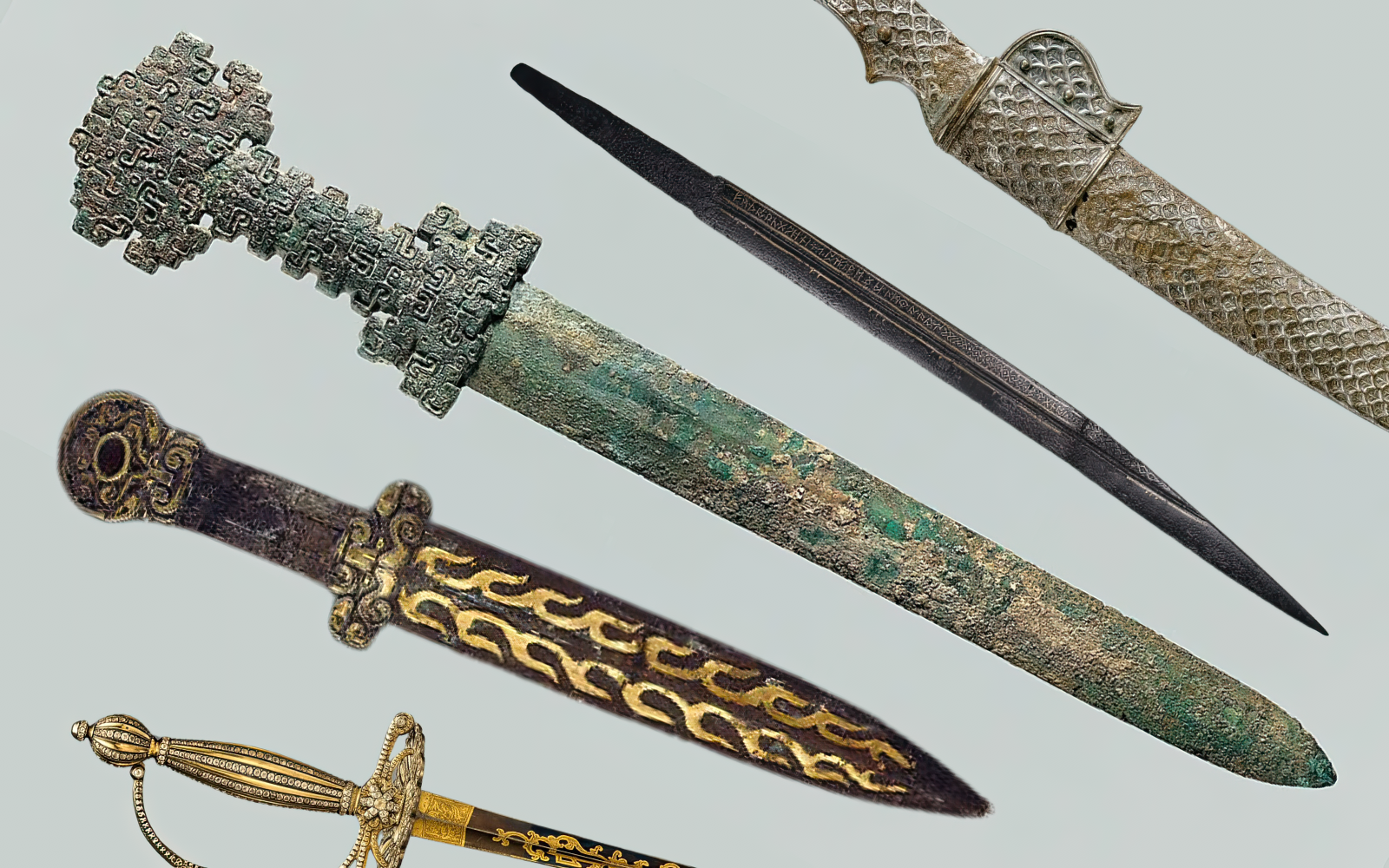
Aptly named, short swords are often called just that, “short swords”, but in a language from which the sword originated from. They are typically designed as secondary weapons that excel at close quarters combat.
This article explores the different short swords around the world, their names, history, and also briefly delves into small swords to determine if they are the same or represent a distinct classification altogether.
What Defines a Short Sword?
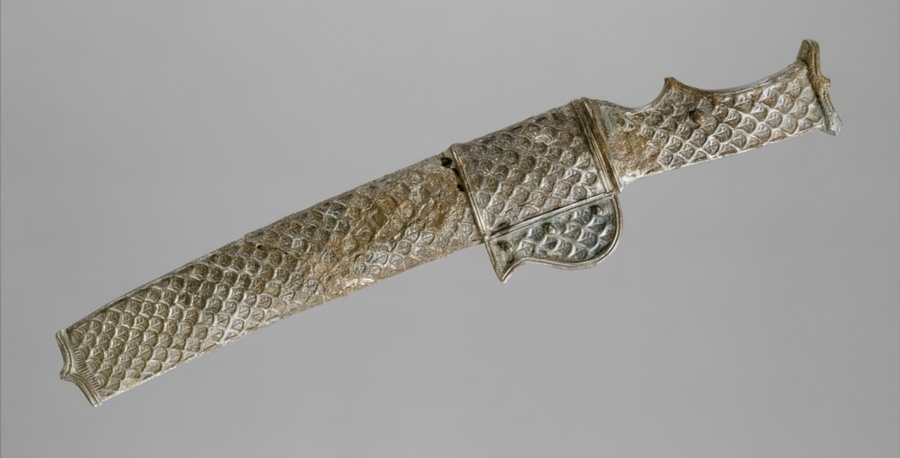
Generally, the category of a sword provides a helpful way of describing a group of blades that have some attributes in common. Therefore, “short sword” is a modern label instead of a functional classification.
On average, short swords have a blade length that ranges from 11.8 to 23.6 inches (30 – 60 centimeters), with the exception of the arming sword. Earlier variants of the short sword were limited by the type of steel available, swordsmith skills, and metallurgical knowledge of the time.
With time, the blades of short swords became longer as seen in the arming sword. They continued to be useful despite the invention of long swords as they became sidearms that were efficient in close combat or when fighting in tight formations.
Short Swords vs Small Swords
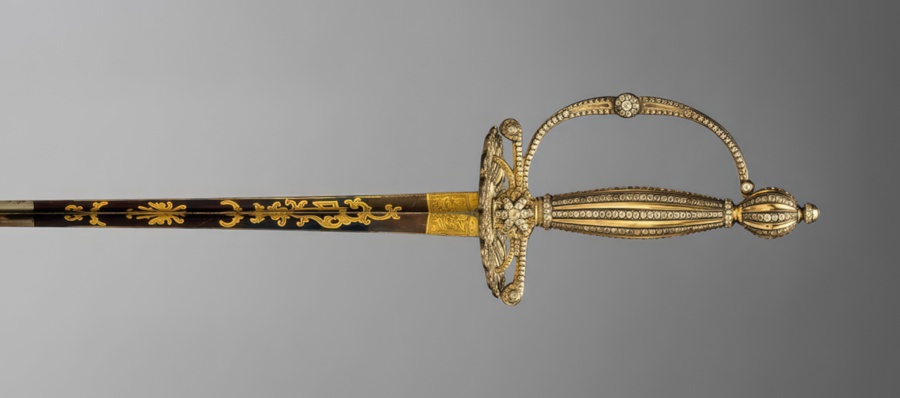
The smallsword is a European sword also known as a court sword. It is a lightweight one-handed sword designed for thrusting. While short swords and small swords may seem similar, they have distinct characteristics and historical contexts.
To understand how they differ, here are their similarities and differences:
Similarities
As one can guess based on their names, short swords and small swords are smaller in size compared to standard swords – making them easy to handle and maneuver. Easy to carry and conceal, it is unsurprising that they served as self-defense weapons and excel in close combat.
Differences
While the short swords and small swords have some similarities, they have more differences that makes them unique:
Time Period
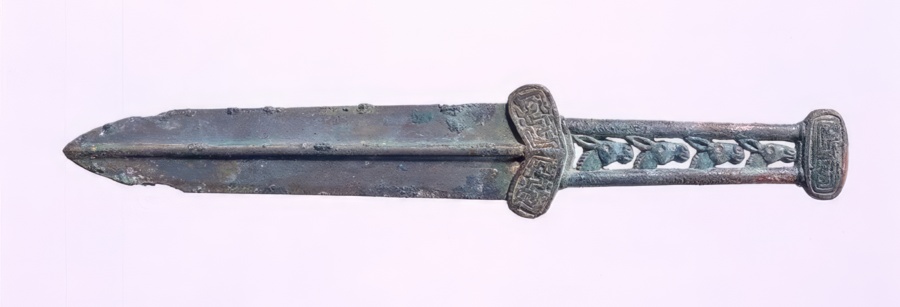
- Short swords such as the Greek Xiphos and Roman Gladius were prominent in the ancient and medieval times. For this reason, they were often made of bronze and iron.
- Small swords reached the height of its popularity in the 18th century, especially as an accessory among European nobility.
Design & Function
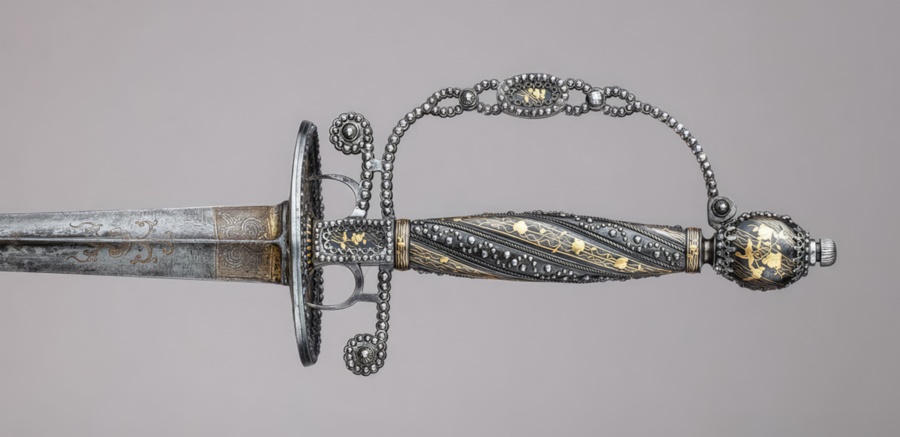
- Short swords had broader blades for slashing and thrusting, used by warriors and soldiers on the battlefield.
- Small swords featured a slender and lightweight design with a very sharp tapering point, best for thrusting in duels and personal defense. It also served as a symbol of status. For these reasons, small swords are often elaborately decorated.
History of Popular Short Swords
Almost every culture has its own variation of the short sword. While this list is not exhaustive, it explores some of the more popular short swords around the world:
Chinese Short Sword – Duan Jian
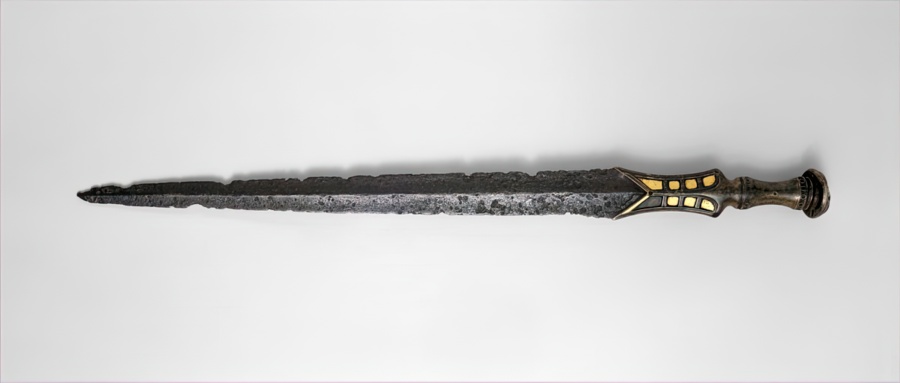
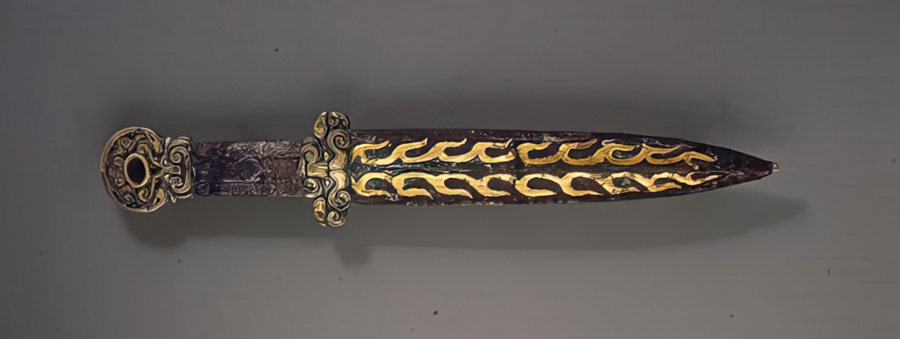
Reiterating the above where short swords are often called so in their native language, the Chinese “duan jian (短剑)” translates to short sword. Ranging from 15 to 20 inches (40 to 50 cm), it has a straight double edged blade with a sharp pointed tip. It is believed to have evolved from the Chinese dagger.
Originally used for ceremonial purposes, metallurgical advances resulted in bronze being replaced with iron and steel, producing the more popular Longquan sword, and eventually the Chinese Jian we know today.
Medieval Knightly Sword
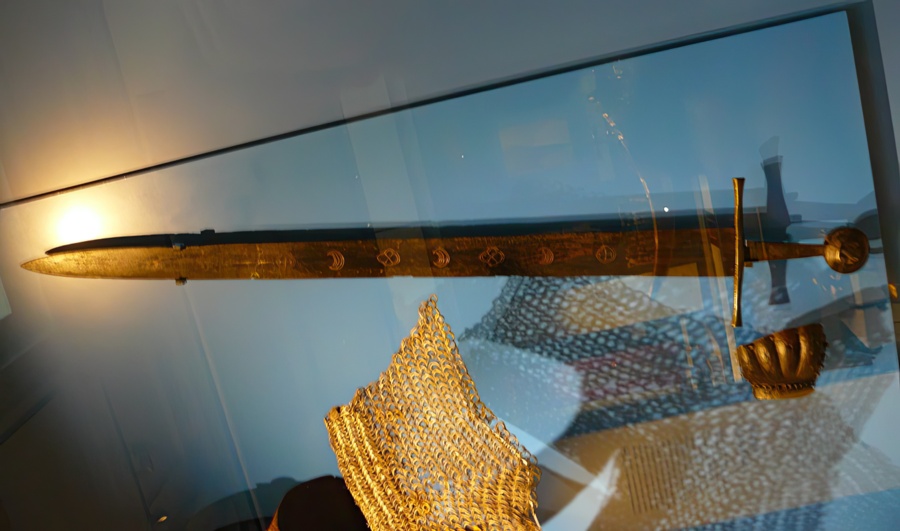
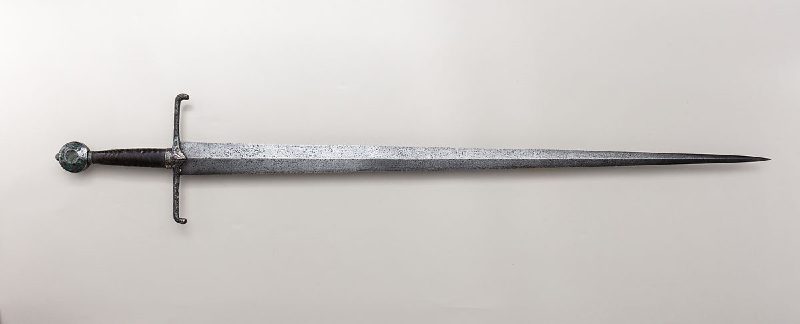
The name “Knightly sword” was coined as it was the weapon of choice for knights. Also known as the Arming sword, this term was first used in the 15th century to refer to it as a one-handed sword and to distinguish it from the longsword. Developed from the Viking sword in the 11th century, it is most recognized for its crossguard and used with a buckler or shield.
Since the medieval era or middle ages was when steel was first discovered, the arming sword was produced with a longer steel blade compared to preceding variants such as the gladius. However, its blade was still shorter compared to the longsword due to limitations of swordsmith skills, knowledge, and technology of the time. Meanwhile, the bastard sword is a compromise between the two.
European Falchion
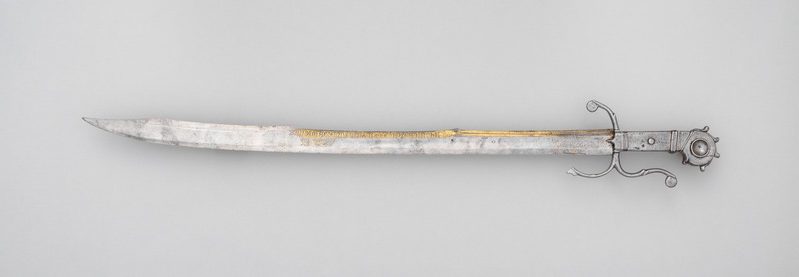
The falchion is named after the Old French term “fauchon” or Latin “falx”, meaning “sickle”. Believed to have been produced in the 13th century due to the different forms found around Europe, the blade designs varied widely. It remained popular until the 16th century.
Different variations include the cleaver falchion, cusped falchion, and more. However, they almost always have a single edged blade slightly curved towards the tip with a quilloned crossguard.
Rapier
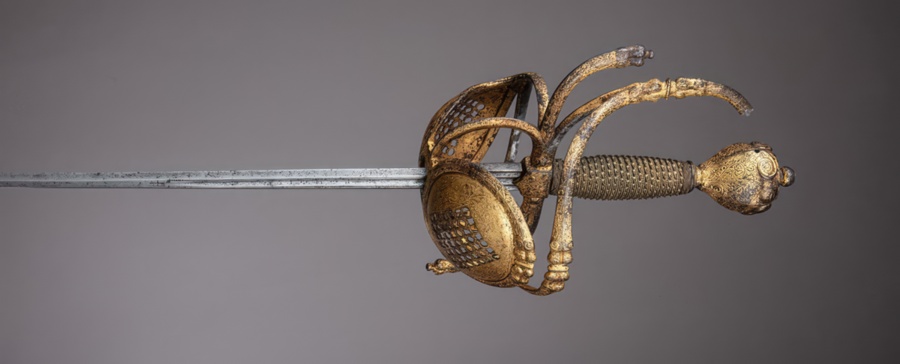
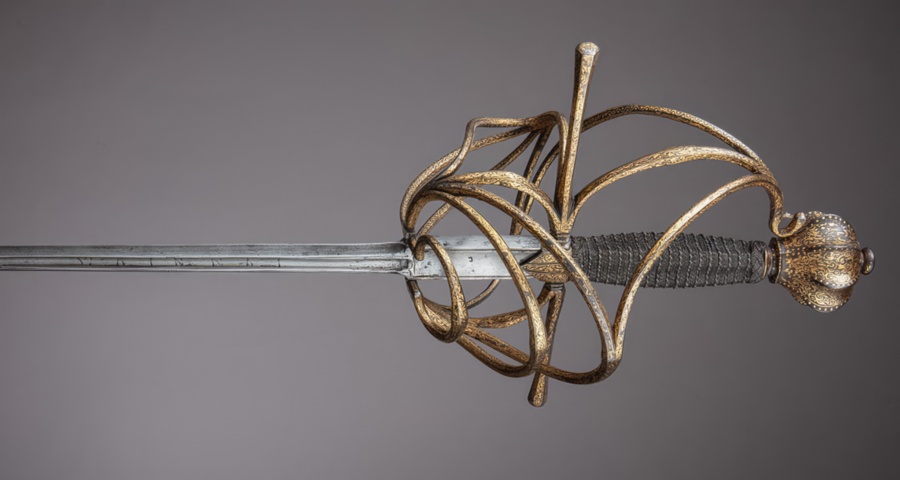
The rapier is a short sword used in Renaissance Spain. It is known as “espada ropera” which translates to dress sword as it was used as an accessory for clothing.
Its English name “rapier” comes from the French “rapière”, meaning light and long pointed two edged sword. Perhaps due to its elegance, it was associated with the court, dueling, and fashion.
Japanese Wakizashi
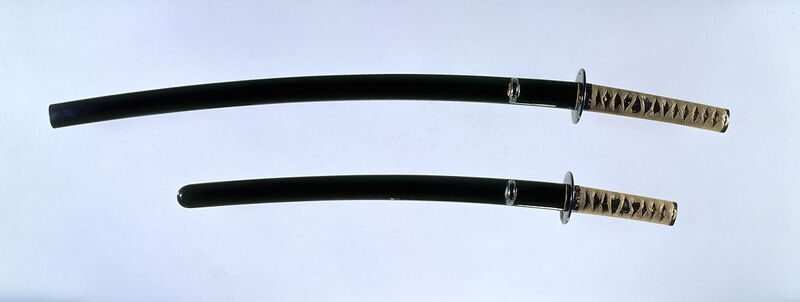
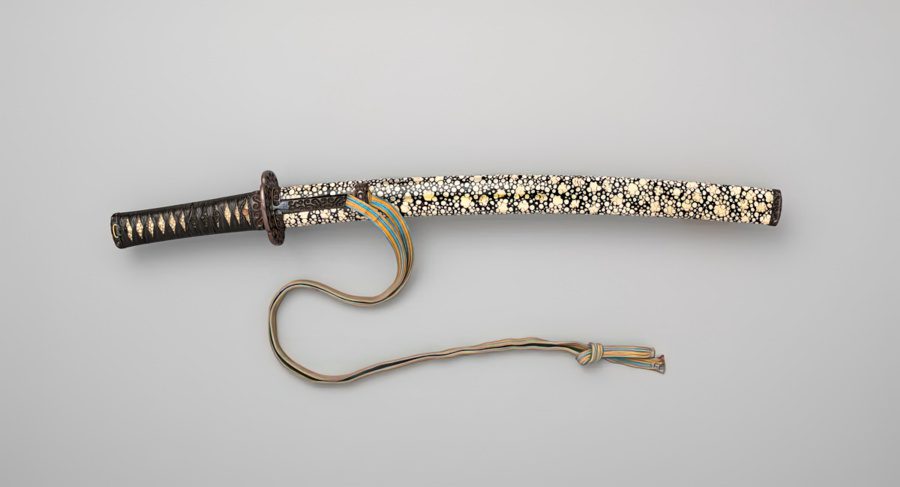
The wakizashi (脇差) literally means “side inserted sword”, referring to how it is worn or carried by inserting it through one’s obi, a sash used in traditional Japanese clothing. This short sword has been in use since the 15th to 16th century, serving as a backup weapon, for close combat, or to commit seppuku.
During the Edo period in feudal Japan, samurai were required to wear daisho, a term that translates to “big-small”. This represents the pair of Japanese swords consisting of a longsword (katana) and shortsword (wakizashi).
Due to the differential hardening process, both have highly effective single edged curved blades with a hardened cutting edge designed primarily for slashing. The pair often have matching fittings such as the tsuba (handguard). Some daisho sets also include a tanto (dagger).
Greek Xiphos
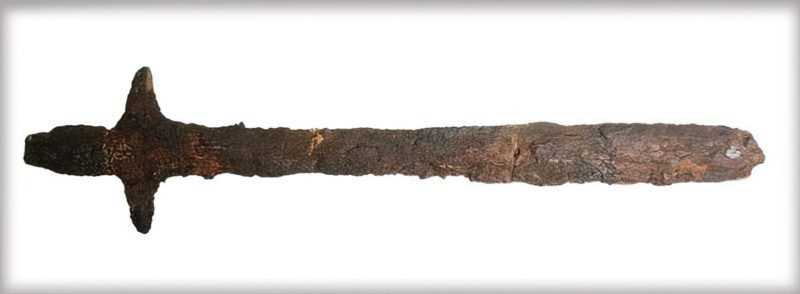
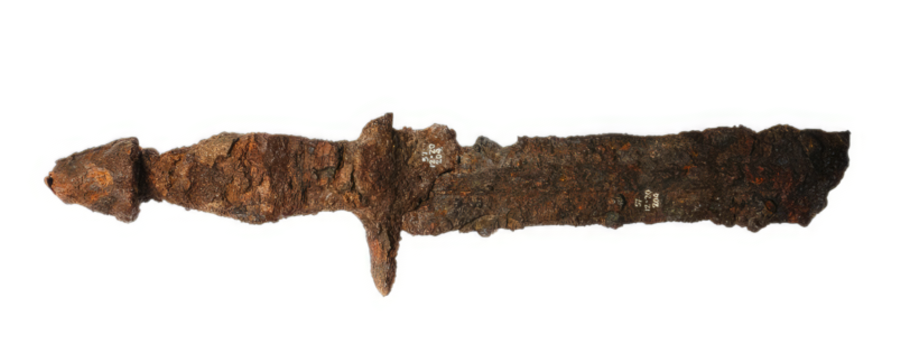
The name “xiphos” is believed to be a generic term for “sword” in Ancient Greek. This double edged leaf shaped blade was used as a secondary weapon by Greek armies for cutting and thrusting. Surviving specimens are rare, but some xiphe have been found with gold decorated hilts alongside iron weapons in burial sites, indicating their use as a ceremonial item.

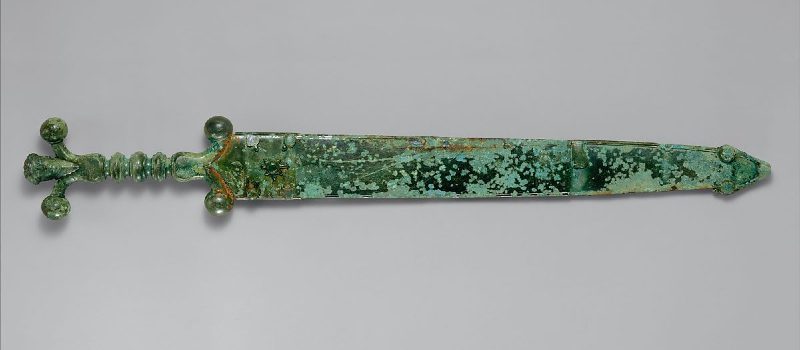
Leaf shaped swords were not limited to Greece, but can also be found throughout Europe under various names. Some examples include the Celtic La Tène and Spartan Encheiridion.
Roman Gladius
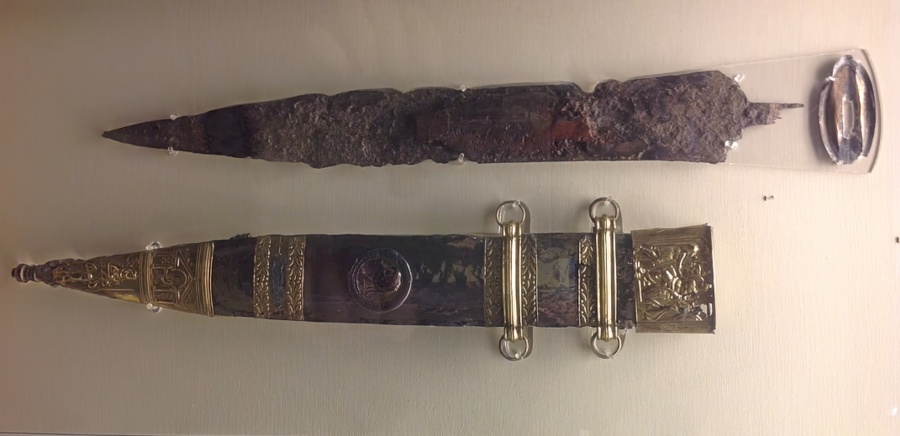
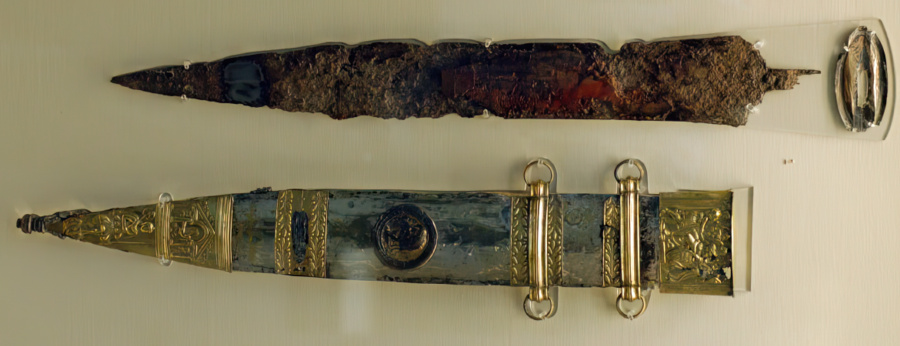
The term “gladius” comes from classical Latin (ɡɫadiʊs), meaning “sword”. While earlier Roman swords were similar to the Greek xiphe, they adopted the gladius during the 3rd century BCE. It is based on the Celtiberians’ sword, the gladius hispaniensis, meaning “Hispanic type sword”,
By 20 BCE, the Hispaniensis was replaced by the Mainz gladius, and later the Pompeii gladius. In the 3rd century CE, the gladius was replaced by the spatha.
Seax
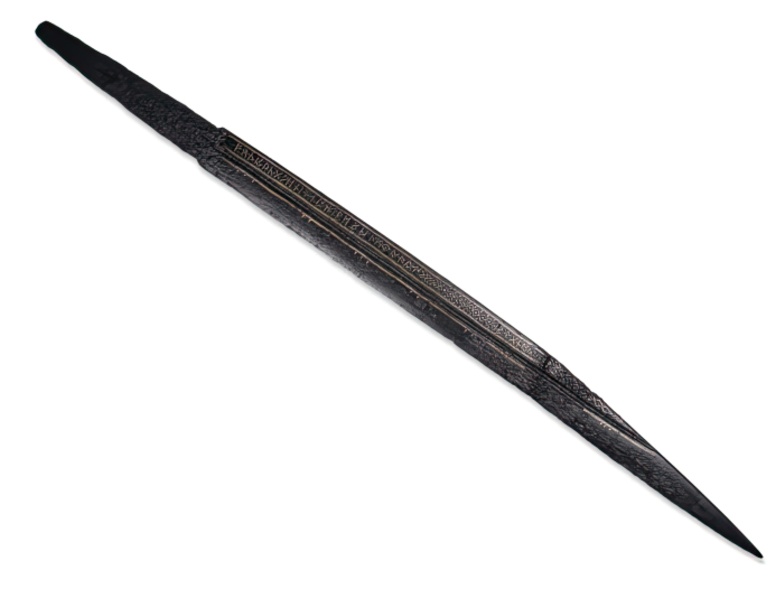

The name “seax” is the Old English word for knife. This term is identical with “sax” from Old Frisian and “sahs” from Old Saxon and Old High German. All of these words come from the Common Germanic word “sah or sag”, meaning “to cut”.
This short sword was wielded by the migrating Germanic tribes during the early medieval period, especially the Saxons. As they migrated throughout Britain and Northern Europe, different types of seaxes emerged, including the narrow, broken-back, and longer variants.
